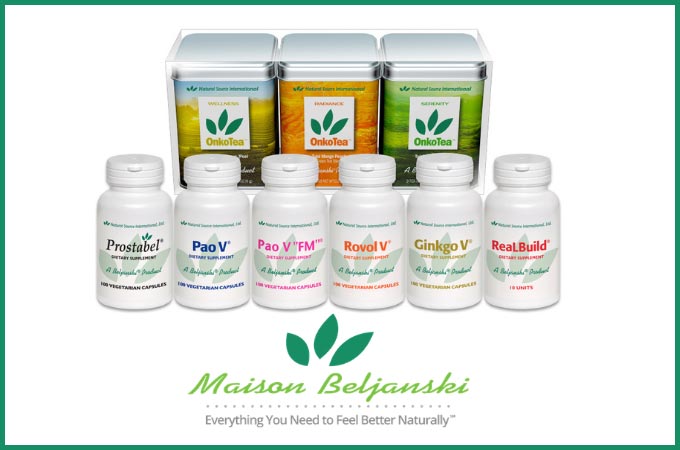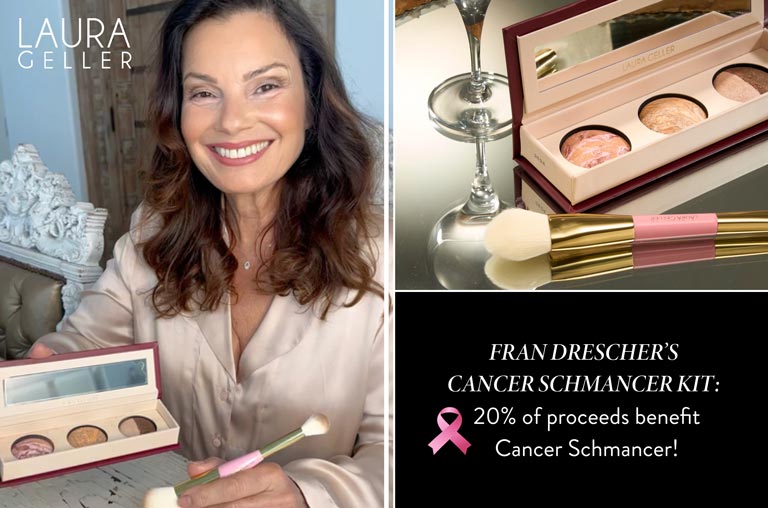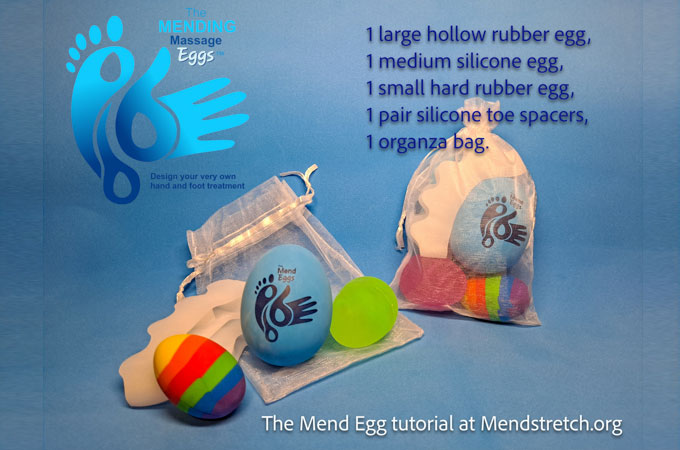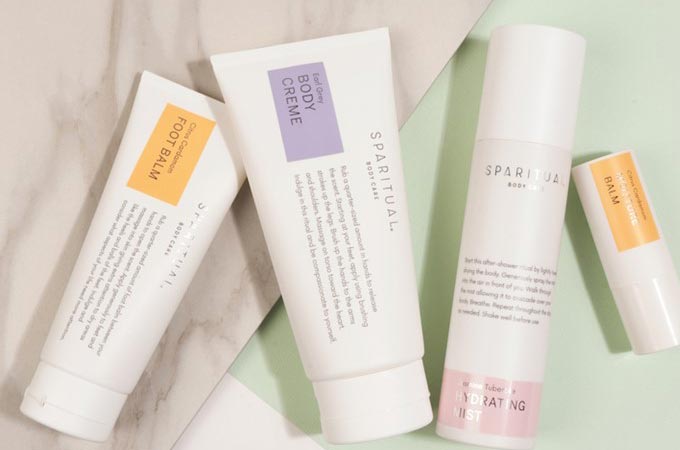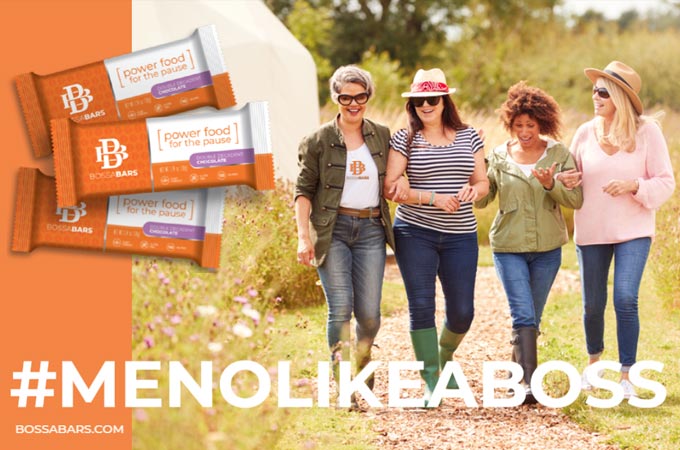No More Toxic Tub
Getting Contaminants Out of Children's Bath & Personal Care Products
Despite marketing claims like "gentle" and "pure," dozens of top-selling children’s bath products are contaminated with the cancer-causing chemicals formaldehyde and 1,4-dioxane, according to the March 2009 Campaign for Safe Cosmetics report, "No More Toxic Tub."
This study is the first to document the widespread presence of both formaldehyde and 1,4-dioxane in bath products for children, including baby shampoos, bubble baths and baby lotions. Many products tested contained both chemicals.
What We Found
The Campaign for Safe Cosmetics commissioned an independent laboratory to test 48 products for 1,4-dioxane; 28 of those products were also tested for formaldehyde. The lab found that:
17 out of 28 products tested – 61 percent – contained both formaldehyde and 1,4-dioxane.
23 out of 28 products – 82 percent – contained formaldehyde at levels ranging from 54 to 610 parts per million (ppm).
32 out of 48 products – 67 percent – contained 1,4-dioxane at levels ranging from 0.27 to 35 ppm.
Health Concerns
While a single product might not be cause for concern, the reality is that babies may be exposed to several products at bath time, several times a week, in addition to other chemical exposures in the home and environment. Those small exposures add up and may contribute to later-life disease.
Formaldehyde and 1,4-dioxane are known carcinogens; formaldehyde can also trigger skin rashes in some children. Unlike many other countries, the U.S. government does not limit formaldehyde, 1,4-dioxane, or most other hazardous substances in personal care products.
Where They Come From
The chemicals were not disclosed on product labels because they're contaminants, not ingredients, and therefore are exempt from labeling laws.
Formaldehyde contaminates personal care products when common preservatives release formaldehyde over time in the container. Common ingredients likely to contaminate products with formaldehyde include quaternium-15, DMDM hydantoin, imidazolidinyl urea and diazolidinyl urea.
1,4-dioxane is a byproduct of a chemical processing technique called ethoxylation, in which cosmetic ingredients are processed with ethylene oxide. Manufacturers can easily remove the toxic byproduct, but are not required by law to do so. Common ingredients likely to be contaminated with 1,4-dioxane include PEG-100 stearate, sodium laureth sulfate, polyethylene and ceteareth-20.
What You Can Do
Contrary to industry statements, there are no regulatory standards that limit formaldehyde, 1,4-dioxane or most other toxic chemicals in personal care products sold in the United States. There are signs the U.S. is gearing to catch up, but for now it's up to consumers to consider carefully before they buy. Here's some suggestions for safeguarding your family's health:
- Simplify: Select products with fewer ingredients and no synthetic fragrance or dyes, and use fewer products overall.
- Choose safety: Search EWG's cosmetic safety database, Skin Deep to learn more about the products you use and find safer alternatives. Also check out EWG's Safety Guide to Children’s Personal Care Products.
- Read labels: Select products for baby and yourself that don't contain the ingredients listed above, which are commonly contaminated with formaldehyde or 1,4-dioxane.
- Take action! Can’t memorize these lists? Nobody can. If harmful contaminants and ingredients weren’t allowed in products, you wouldn’t have to. Tell Congress you want safe cosmetics for babies, adults and everyone in between.
- Spread the word: Send an e-card letting friends and family know about this report.
Status Update
A major supermarket in China has pulled Johnson & Johnson products from the shelves amid concerns that the products are contaminated with carcinogens, driven by our testing. The Chinese government is also reportedly testing products. The Vietnamese Drug Administration announced March 16 that it will test baby products in that country.
So far, there has been no action by the U.S. FDA.



